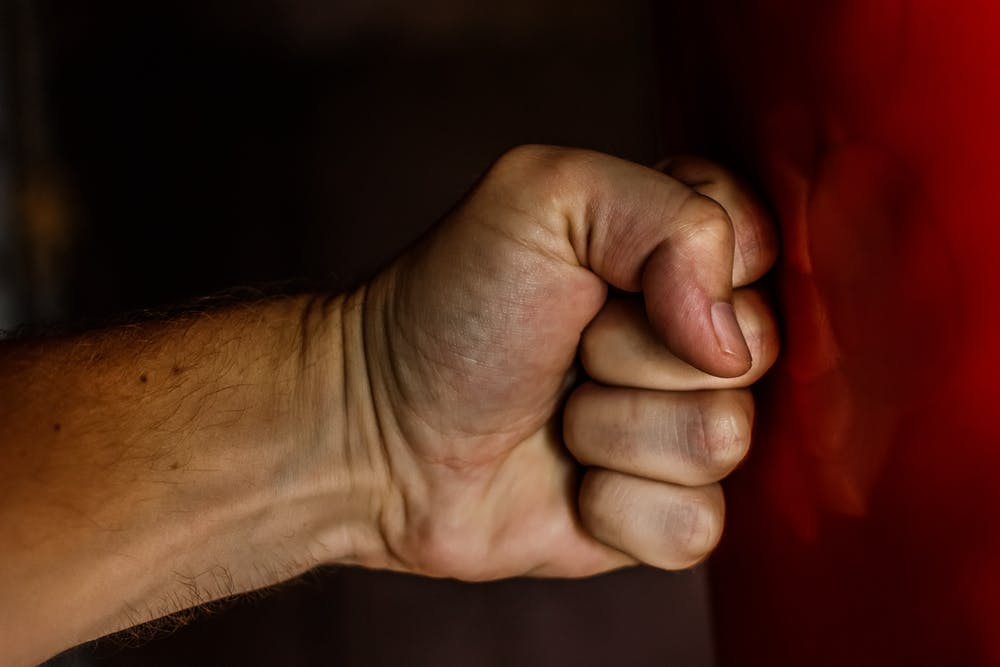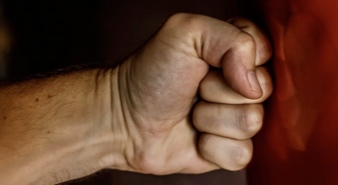
Boxing has seen a revival in recent years. While this could be due to high-profile fighters like Manny Pacquiao and Floyd Mayweather or an increased public interest in fitness, the result is that more and more people are becoming involved in the sport.
But, not everyone understands its complexity. For example, many people aren’t aware that the term ‘boxing gloves’ doesn’t refer to a universal piece of equipment. There are different types for different scenarios.
Not sure where to start? Don’t worry, we’ve got you covered.
Let’s take a look at everything you need to know about common types of boxing gloves.
Sparring Gloves
When boxing, it’s not always your goal to strike your opponent as hard as possible. This is especially true during training or sparring.
So, as you can expect, you’ll want to pick up a pair of sparring gloves if you intend to box at a non-competitive level for the purpose of building skill or for exercise.
These gloves are heavier and have extra padding compared to competition gloves in order to prevent you from unintentionally injuring your opponent. After all, training won’t do you much good if you (or your partner) are frequently getting hurt.
These gloves also have the added benefit of increasing your punching speed with lighter gloves, making them even more effective to use for training.
Competition Gloves
When it comes time to your speed and skill to the test in the ring, you’re going to need competition-style gloves.
The weight of these gloves is determined by what weight class you’re competing in, and you’re only allowed to use gloves that have been approved by the boxing organisation that runs the league you’re competing in. So, make it’s important to make sure you don’t pick up a pair of gloves that you can’t use.
Competition gloves are also less padded than sparring gloves, which will lead to faster and harder strikes. Since fighters who have never used or been hit with competition gloves will be at a strong disadvantage during their first bout, make the time for a few sessions that emulate an actual match (but still not going 100% in order to prevent injury).
As a rule of thumb, lighter gloves allow you to hit (and get hit) harder, so keep this in mind when training for your competition.
Training Gloves
Not everyone wants to spar with an opponent all the time. Even fewer people are ready to engage in the gruelling workout regiment required to get into competition shape.
Instead, it may be more enticing to work the heavy bag or work on speed/coordination with a trainer. In this case, you’ll do fine with a pair of training gloves.
Like sparring gloves, these have extra padding compared to competition gloves and provide plenty of protection for the wearer. Their appropriate weight will also depend on the bodyweight of the boxer. Here are the general glove weights for different weight classes:
- Less than 120 lbs.: 12oz to 14oz
- 120 lbs. to 150 lbs.: 14oz to 16oz
- 150 lbs. to 180 lbs.: 16oz to 20oz
- 180+ lbs.: 18oz+
Using the correct glove size for your bodyweight will ensure that you get the most out of your training, so be sure to pick up a pair suitable for you.
Mexican Style Gloves
As the name suggests, this type of glove was popularized in Mexican training/competitions.
The main difference of these gloves is that they are manufactured to be smaller/more compact than traditional boxing gloves. While the difference isn’t too drastic between glove types today, the discrepancy between standard gloves and Mexican style was significant during the early does of boxing.
Since these gloves are equipped with less padding, they provide less protection for your hands. Amateur boxers should avoid this type of glove during training in order to reduce the chance of injury.
Other Important Info
If you have a trainer, they’ll be able to answer any questions that you may have regarding glove use. Those without the resources or desire to hire a trainer, however, will have to choose their gloves on their own.
So, consider the following while making your decision.
Are the gloves used for training or competition?
As previously mentioned, there are different gloves types for different scenarios. Using competition gloves during training could lead to injury.
If you are training, what type of training are you engaging in?
Solely hitting a heavy bag during your training won’t require you to buy sparring gloves. The same can be said for pad work.
If you don’t plan on sparring, then general training gloves are the right option for you. They’ll allow you to seamlessly switch between pad and bag work. Just make sure you use gloves appropriate for your weight in order to build appropriate speed/endurance.
Do you need to handle kicks?
Many people train for kickboxing but don’t compete in the sport. So, if you’re planning on using your gloves during kickboxing training, consider getting a pair that has solid wrist support to help protect you while you block kicks.
Choosing From Different Types of Boxing Gloves Can Seem Difficult
But it doesn’t have to be.
With the above information about different types of boxing gloves in mind, you’ll be well on your way to grabbing the pair that’s most suitable for your needs.
Want to browse more combat sports apparel? Our store is filled with high-quality products.
